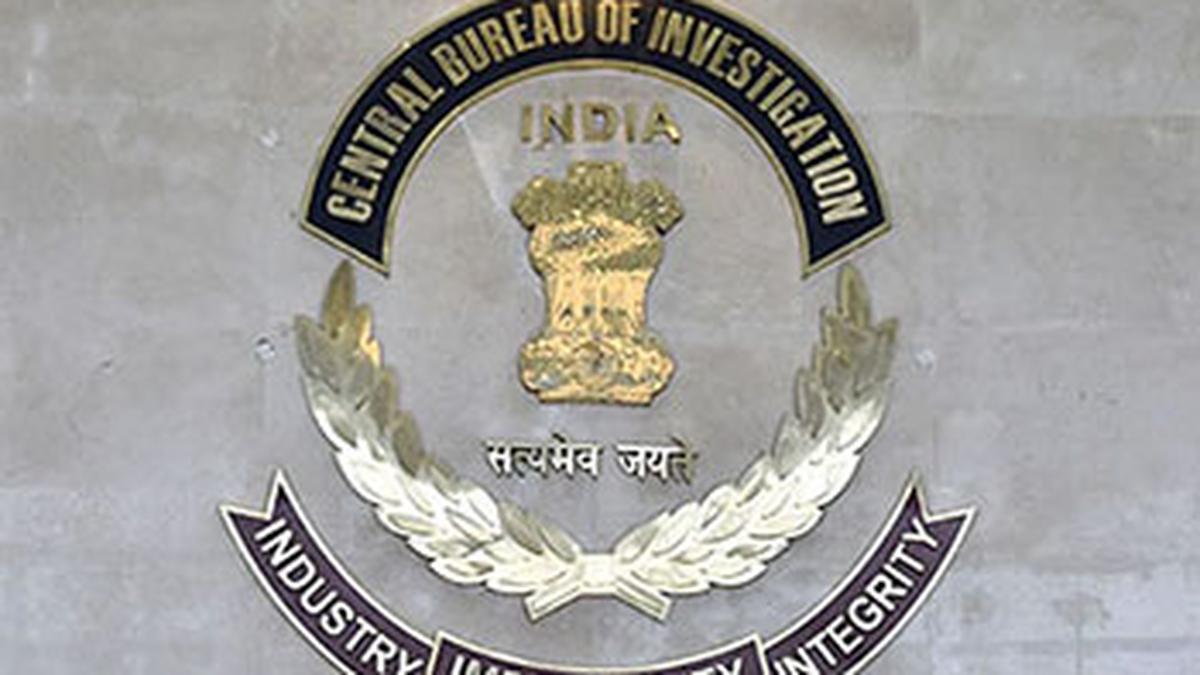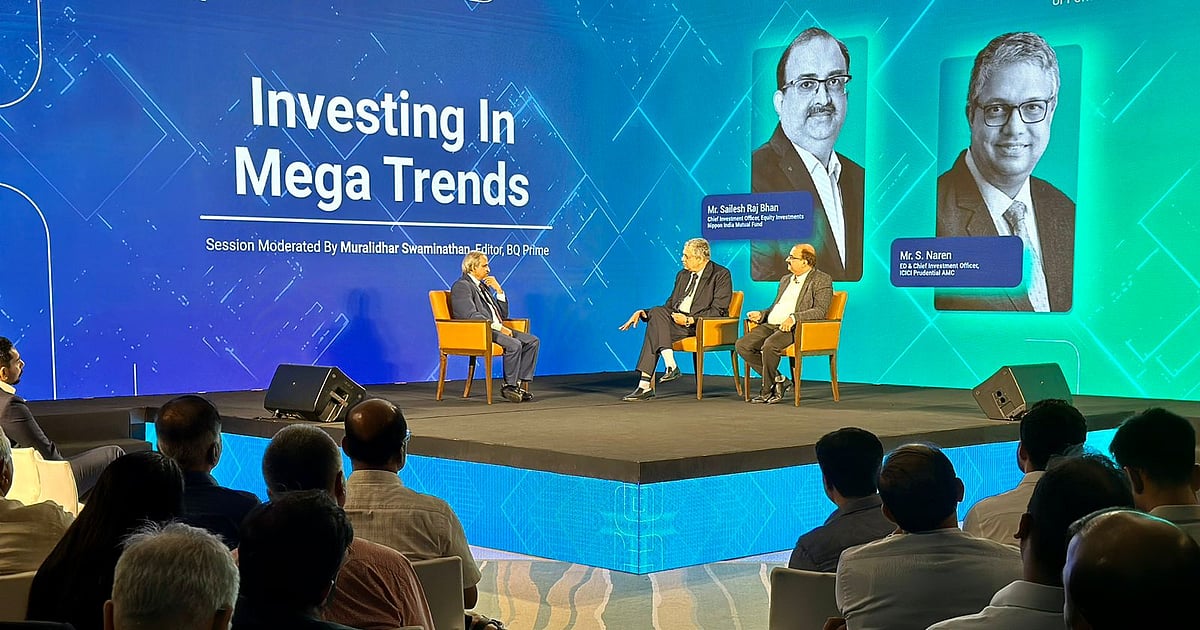Remember April 2, 2011? The night India won the cricket world cup for the second time, and an ecstatic Ravi Shastri’s cheering on air: “Dhoni finishes off in style. A magnificent strike into the crowd. India lifts the World Cup after 28 years.”
As the country hosts its fourth cricket world cup, millions of Indians will sit inside stadiums or in front of televisions nervously, speculating and twiddling their thumbs, rooting for the team to repeat the feat again after 12 years.
Regardless of the result, the Indian economy will be more than a billion-and-a-half dollars richer, according to BQ Prime’s calculations. And that’s a conservative estimate.
The ICC World Cup 2023 that kicks off next month will see fans from India and overseas fly into different cities; buy tickets to watch matches at stadiums; book hotels to stay; eat and drink at restaurants-to-roadside food stalls; purchase memorabilia and merchandise; visit tourist destinations and do more.
Aviation and hospitality sectors will be the key beneficiaries.
Air traffic will surge along with a significant uptick in the demand for airport services. Hotels, too, are set to reap the rewards from the world cup frenzy, with room rates soaring eight to 15-fold for bookings during the India-Pakistan clash, according to multiple reports.
Demand for restaurants and fast-food chains is set to surge, catering not only to tourists but also the millions of Indians opting for home delivery.
According to BQ Prime’s calculation, the combined economic impact of such direct and indirect spending during the tournament would be at least $1.6 billion. That’s more than three times the economic impact of $347.2 million in the 2015 Australia-New Zealand edition and $447.8 million during the 2019 U.K. world cup.
















